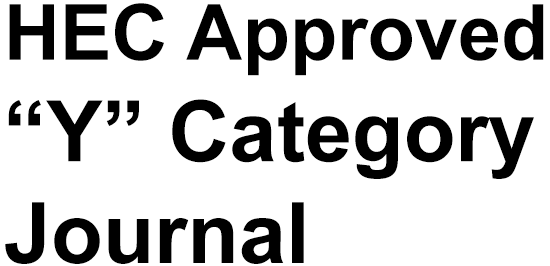Between Margins and Masks: Reconsidering the Androgynous Female as Victim or Agent
DOI:
https://doi.org/10.63056/ACAD.004.03.0621Keywords:
androgyny, androgynous female, ideal victim, feminist criticism, androcentrism, gender polarity, psychological androgynyAbstract
The idea of androgyny has sparked significant discussion within contemporary feminist criticism, challenging the fixed and socially constructed notions of sex difference. Rather than viewing gender as an absolute binary, this concept invites a rethinking of identity beyond traditional classifications. Many feminist theorists regard androgyny as a means of resistance against rigidly defined gender roles, arguing that it creates a liberating space for women to reimagine their identities and experiences beyond the constraints imposed by societal expectations, regardless of their sexual orientation.
This paper examines the character of Lisbeth Salander in The Girl with the Dragon Tattoo to assess the positioning of the androgynous female as what Nils Christie terms the ‘ideal victim’. By analyzing her representation, the study explores the extent to which an androgynous figure can resist or evade the power dynamics and normative value systems embedded in patriarchal society. It further interrogates Sandra Bem’s assertions that androgynous individuals, compared to those with more conventional gender identities, tend to exhibit greater flexibility in gender roles, higher self-esteem, and increased effectiveness in both domestic and professional spheres. The analysis constructs a critical dialogue between Bem’s portrayal of empowered androgyny and Christie’s framework of victimhood.
Although considerable scholarship highlights the empowering potential of adopting an androgynous identity, this study aims to offer a critical intervention by suggesting that such an identity may, in certain contexts, such as that of the protagonist in the selected film, place the androgynous woman at a dual disadvantage. She finds herself unable to fully transcend the culturally entrenched gender binaries yet simultaneously fails to align with Nils Christie’s criteria for the ideal victim. This liminal positioning results in a lack of empathy and emotional support from those around her, complicating her experience of agency and victimhood alike.
Downloads
Published
Issue
Section
License
Copyright (c) 2025 Sara Rashed (Author)

This work is licensed under a Creative Commons Attribution 4.0 International License.












